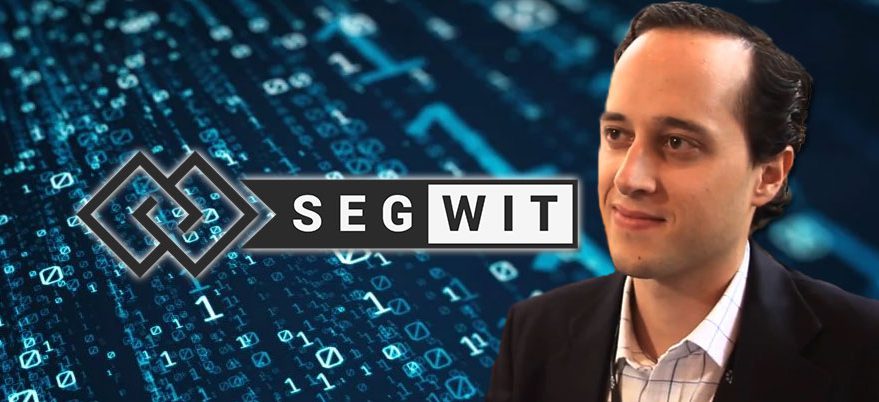|
Getting your Trinity Audio player ready...
|
Things are not looking good for SegWit2x: its lead developer has abandoned the project, and its supporters are falling out.
Tensions build up as NYA signatories express doubt over the upcoming SegWit2x (S2X) hard fork—the activation of which kicks in sometime around November 16. As specified in the New York Agreement (NYA), the second phase of SegWit will increase block sizes in Bitcoin’s legacy chain (BTC) from 1Mb to 2Mb.
As the controversial protocol change draws near, NYA signatories are starting to think twice about the “contentious” hard fork, with some even actively urging the community to back out before it’s too late.
Thursday last week, Mexican bitcoin exchange Bitso’s co-founder and president Daniel Vogel posted a message on the SegWit2x mailing list urging the community to rethink their support of the hard fork: “This is not a blockchain upgrade. This is a chain split.”
I would urge everyone to rethink the S2X code from a technical perspective. The code base was written as an upgrade to Bitcoin. I believe there is enough hard data out there to make it clear that S2X is no longer an upgrade.
He adds that the NYA has failed its ultimate goals—the ones the signatories signed up for. “One of the things that was agreed upon at the NYA was better signaling methods – I have seen none so far. Why is this? This makes me uncomfortable.”
When we were invited to sign the NYA I saw an opportunity to come together as an industry. Although proud to have signed the NYA – it got segwit activated in a coordinated and safe way (no UASF hell!), I believe the NYA has failed in achieving its original goal of keeping the community together and advancing the development of Bitcoin in a coordinated manner.
He went on to list the possible reasons why things turned out to be such a mess, referring to arguments (and possibly the rumoured paid propaganda) in online forums. Throughout Bitcoin’s scaling debacle, the community has been divided, with lots of bickering from opposing parties. Supporters of the initial phase of the NYA, Segregated Witness (SegWit) have been in a hostile standoff against supporters of its second phase, SegWit2x. Instead of serving as a peaceful compromise, the NYA turned into a tug of war between developers and miners, with each pushing for a solution that would best serve their interests, both by profit and power.
Whether this failure is the fault of some loudmouths in twitter, some trolls in Reddit, or very opinionated and principled engineers and scientists is irrelevant. What’s relevant is that NYA has failed to bring the community together and provide a safe mechanism to upgrade Bitcoin as it had intended to do.
I might be stupidly naive or I might just be figuring how decentralized consensus mechanisms work (like many of you, I’d assume), but when asked about signing the NYA I definitely didn’t agree to it in order to further divide and cause mayhem, which is what NYA has achieved.
This is not a blockchain upgrade. This is a chain split and we are failing to address legitimate safety concerns for the users of this network.
Some are hyping up their No2X campaign ever harder; one even wrote an open call to end this madness and support Bitcoin Cash (BCH) instead, citing that it is the most unadulterated and truest Bitcoin based on the Satoshi whitepaper.
Things are definitely not looking well for SegWit2x advocates. Late last month, its lead developer Jeff Garzik announced that he has been working on a rival cryptocurrency to BTC—one that will survive should the Bitcoin blockchain collapse. SegWit2x currently has 83.7% mining pool support; it requires 95.1% support to fully activate, otherwise another split is underway. But with more than a week before activation, a lot can still happen. As you know, ten days is like a year (or so) in Bitcoin time.

 01-09-2026
01-09-2026 




